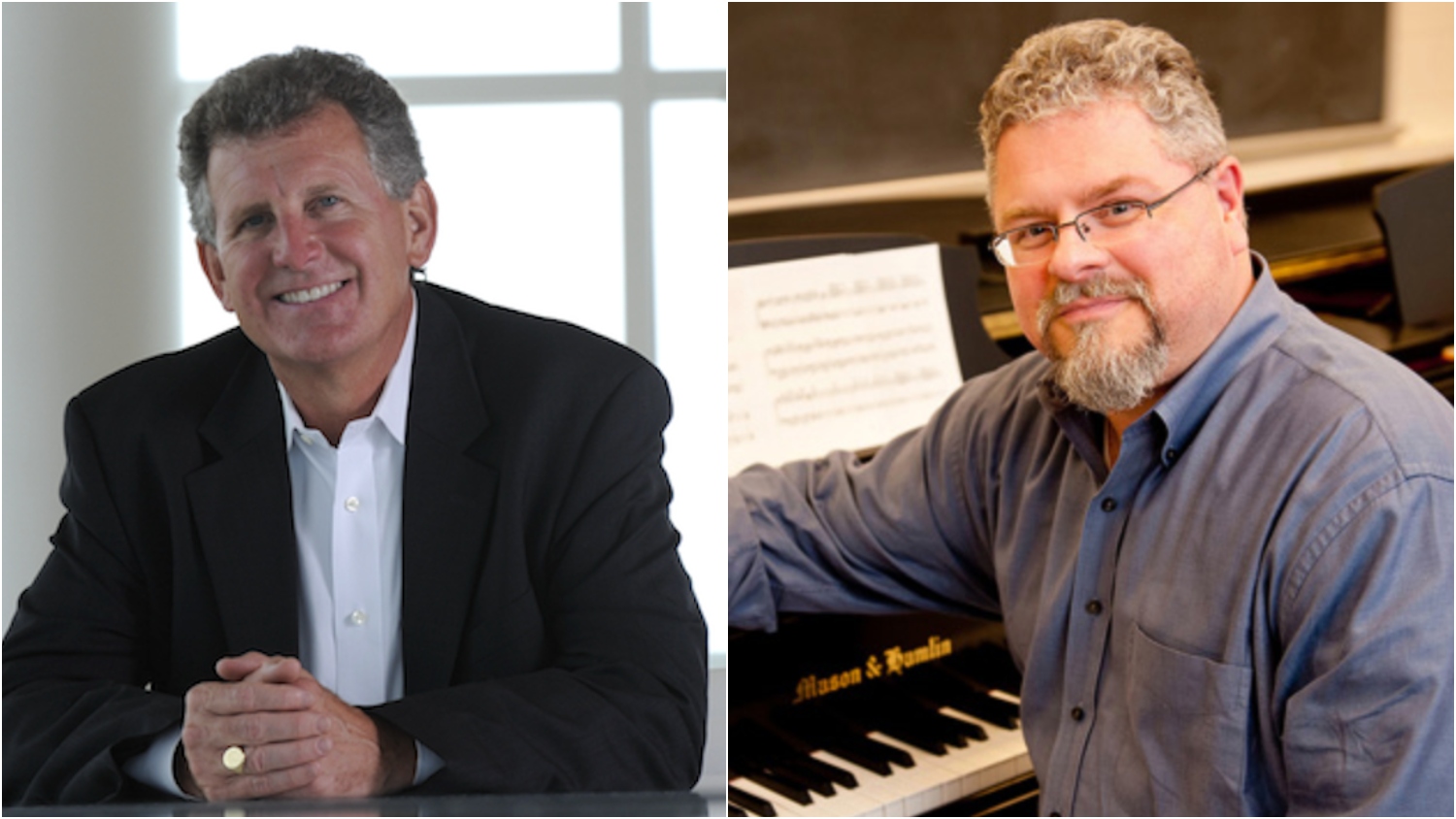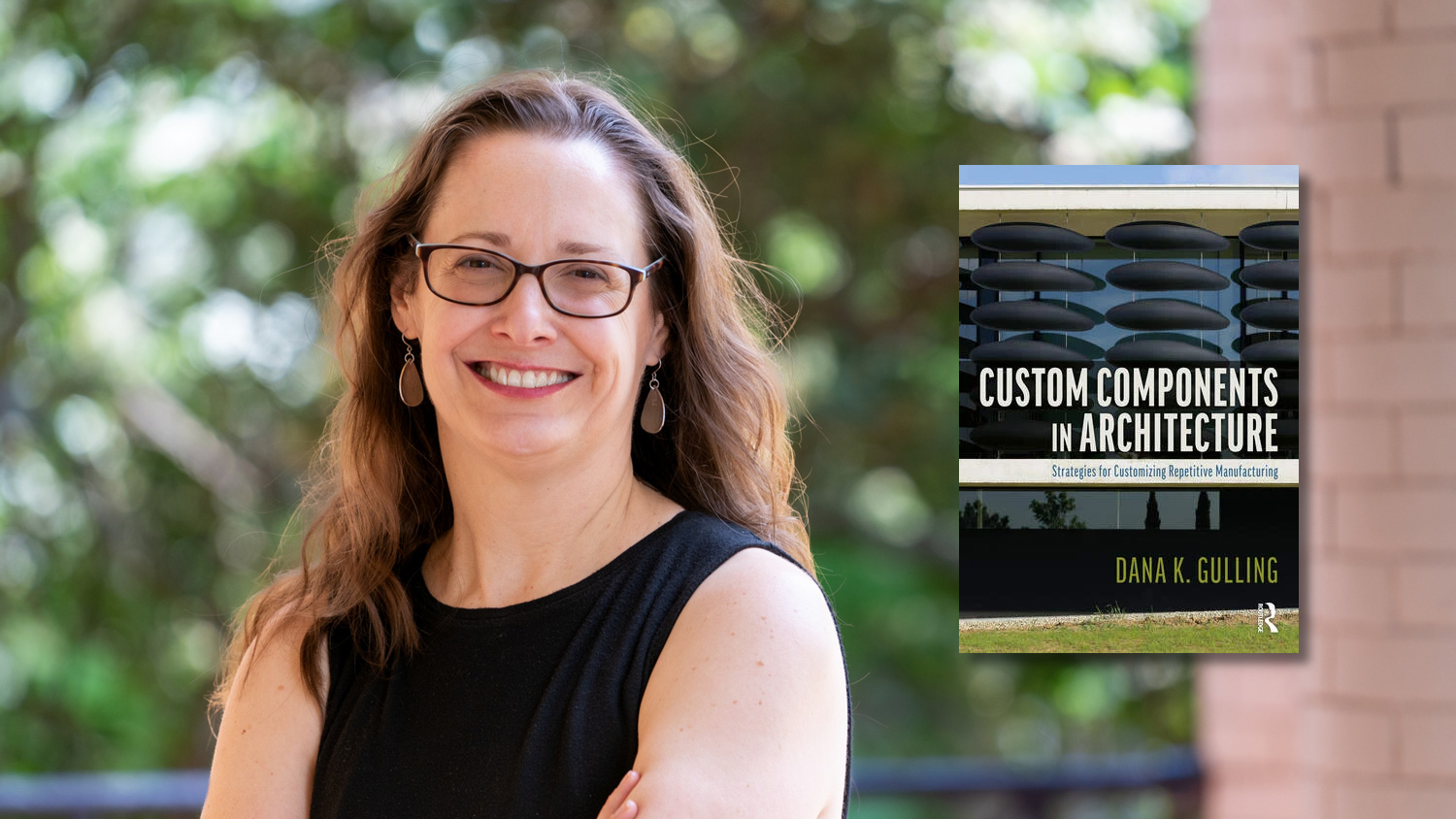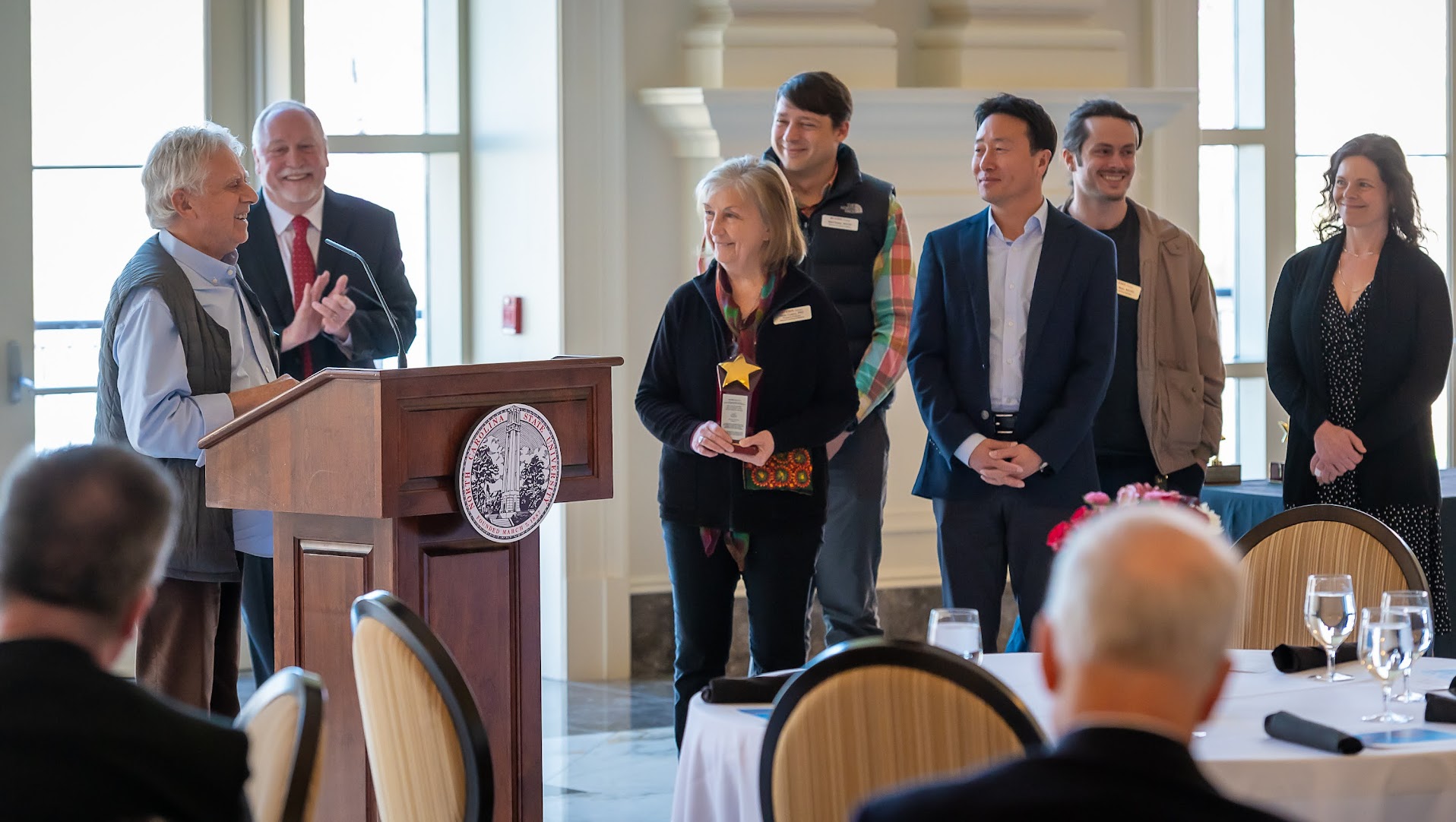Interdisciplinary Collaboration: World Risks and Design Philosophy
When professor Mark Beasley wanted to present a more innovative approach to risk management, he enlisted the help of JMark Scearce, professor of art and design in the College of Design. Scearce, a professional composer and a former chair of NC State’s Department of Music, teaches design thinking to his students, and he applied that perspective to risk management in his summit presentation.

This story first appeared in Poole Business Magazine.
By Brent Winter
According to Mark Beasley, KPMG Term Professor of Accounting and director of Poole College’s Enterprise Risk Management Initiative, the traditional business approach to risk management is too siloed and too internally focused, with leaders of each unit managing risks for just that unit.
The problem with that approach? “Risks will emerge that don’t care about your org chart,” Beasley said. When a risk to your business cuts across your siloes, the traditional approach lacks an effective way to manage it because the risk doesn’t fall within a silo.
In teaching across disciplines, I’ve learned that there’s a lot of power in analogical thinking.
So when Beasley wanted to present a more innovative approach to risk management at the ERM Initiative’s recent ERM Roundtable Summit, he enlisted the help of JMark Scearce, professor of art and design in the College of Design. Scearce, a professional composer and a former chair of NC State’s Department of Music, teaches design thinking to his students, and he applied that perspective to risk management in his summit presentation.
“In teaching across disciplines, I’ve learned that there’s a lot of power in analogical thinking,” Scearce said. “You can break down any discipline, any field, into constituent parts. And then if you take another field and break it down into the same number of constituent parts and compare the two to see how they relate to each other, you gain an awareness from a new perspective. You can open up a window into a way of thinking that you never would have thought of. I call it the matching game. It’s very effective.”
About 150 risk-management executives from across the nation and around the world attended the ERM Roundtable Summit, which was held virtually in December 2021. The day’s speakers included leaders from the academic, corporate and nonprofit sectors, all presenting their perspectives on how to manage risk across an entire enterprise.
“We call it ‘enterprise’ risk management because we want to highlight an emphasis on the enterprise,” Beasley said. “ERM says, ‘Let’s take a holistic view by putting all these siloed risks into a single basket of risks.’ For example, if I’m managing IT and you’re managing sales, we need to educate each other on how each of us might be creating a risk for the other.”
The ultimate goal of ERM, Beasley said, is to develop a more holistic view of risk across the enterprise so you can connect that view to your overall strategy.
“We know we have to take risks to advance and grow,” he said. “But people who drive strategy typically never even talk to people who manage risk. ERM is trying to change that.”
Scearce conducted his “matching game” by presenting five definitions of music, five principles of design, five areas of philosophy (a field in which he has a degree) and five definitions of risk.
In his presentation at the summit, Scearce conducted his “matching game” by presenting five definitions of music, five principles of design, five areas of philosophy (a field in which he has a degree) and five definitions of risk. Based on the comparisons and interrelations among all those elements, he then distilled a number of guiding principles for risk-management executives to follow, such as:
- Whenever you have the choice of solving a problem by starting at the beginning or the end, start at the end and work the problem backward, like a maze on the back of a cereal box.
- Every problem contains its answer within it.
- The best solutions evolve; they carry within themselves the ability to be flexible and adapt, like a ship that carries the lumber needed to repair it at sea.
The attendees responded enthusiastically to Scearce’s presentation. “JMark hit a grand slam,” Beasley said. “The participant feedback was immediate and glowing. I’ve never seen a Zoom chat box explode so quickly from participants with accolades for an outstanding presentation.”
“JMark’s presentation was both engaging and practical at the same time,” said attendee Angela Hoon, vice president of audit, risk and asset protection with Advance Auto Parts.
JMark hit a grand slam. The participant feedback was immediate and glowing. I’ve never seen a Zoom chat box explode so quickly from participants with accolades for an outstanding presentation.
“ERM can be very theoretical,” she said, “but you need to be able to apply it; otherwise it fails. JMark made his storytelling practical, and that’s what makes it useful. If you can apply a practical idea, you make risk simpler and turn it into something you can do something about.”
“To me this whole thing is the epitome of Think and Do,” Beasley said. “JMark gave us the Think side, to get us thinking differently; ERM handles the Do, connecting it to real people so they can do something useful with it.”
- Categories:


